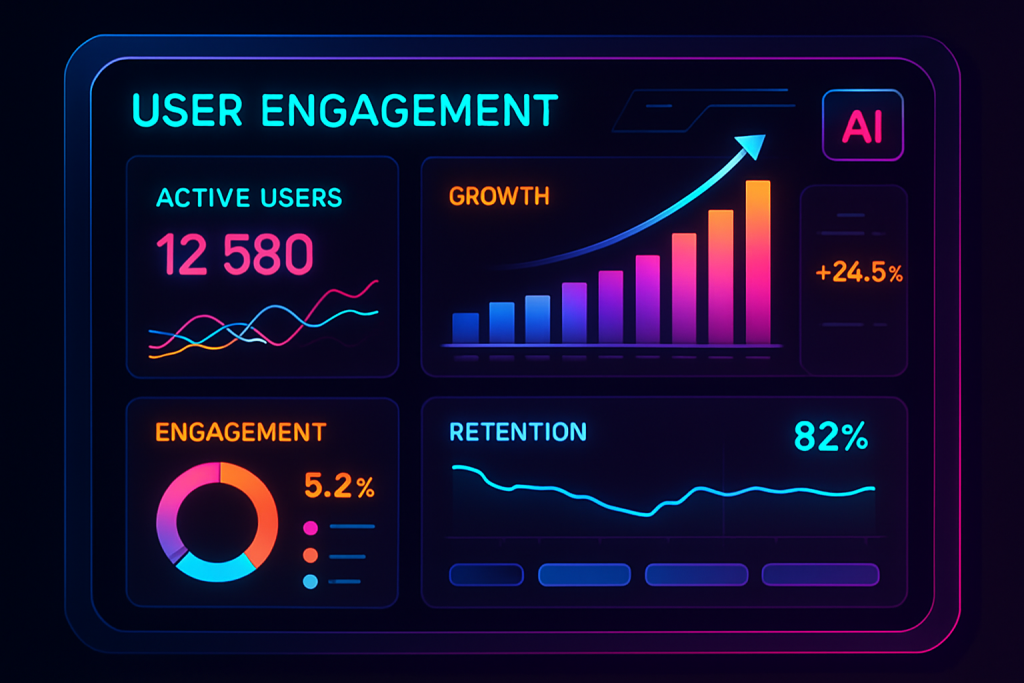September 2nd, 2025. The day OpenAI decided to level up its user experience game in a big way. Forget incremental improvements; they just dropped a cool $1.1 billion on Statsig, the product experimentation platform that’s been quietly powering some of the smartest product decisions on the web. It’s like watching Tony Stark buy out a rival tech company, only instead of building Iron Man suits, they’re perfecting AI.
But why Statsig? And why now? To understand this power play, you need to rewind a bit. The world of AI is no longer just about building the smartest algorithm; it’s about making that algorithm useful. Think of it like this: you can build the world’s most powerful engine, but if it’s bolted onto a rusty old car, nobody’s going to win any races. OpenAI, having built some seriously impressive AI engines, clearly wants to make sure they’re attached to Ferraris.
Statsig, founded just four years ago in 2021, has become the go-to platform for companies obsessed with data-driven product development. They essentially provide the tools to A/B test everything, and I mean everything. Want to know if users prefer a blue button or a green one? Statsig can tell you, down to the millisecond of increased engagement. Want to see if a new AI-powered feature is actually making people happier or just confusing them? Statsig is your answer. They’ve turned product development into a science, and their clients are reaping the rewards.
This acquisition isn’t just about adding a new tool to OpenAI’s toolbox; it’s about fundamentally changing how they build and deploy AI. Imagine a world where OpenAI can A/B test different versions of its AI models in real time, constantly tweaking and optimizing them based on actual user behavior. Instead of relying on gut feelings or internal testing, they can now use hard data to ensure their AI is truly benefiting humanity, one experiment at a time. It’s like having a real-time focus group for artificial general intelligence, constantly providing feedback and guiding its evolution.
The implications are massive. For starters, expect OpenAI’s products to become even more intuitive and user-friendly. Think of the difference between the clunky interfaces of early smartphones and the sleek, seamless experiences we have today. That evolution was driven by relentless user testing and data analysis, and OpenAI is now poised to bring that same level of refinement to the world of AI. This is a big win for anyone who’s ever struggled to understand how to use a complex AI tool.
But the impact goes beyond just usability. By using Statsig to continuously refine their AI models, OpenAI can also address some of the ethical concerns surrounding AI development. For example, they can use A/B testing to identify and mitigate biases in their algorithms, ensuring that their AI is fair and equitable for all users. It’s a proactive approach to ethical AI development, and it could set a new standard for the industry.
Of course, this acquisition also has significant financial implications. For Statsig’s founders and employees, the $1.1 billion price tag represents a massive payday and validation of their hard work. For OpenAI, it’s a strategic investment that could pay off handsomely in the long run, by giving them a competitive edge in the rapidly growing AI market. And for the rest of the tech industry, it’s a clear signal that user experience is no longer an afterthought in AI development; it’s a core component of success.
This move also raises some interesting questions about the future of AI development. Will other AI companies follow suit and start investing more heavily in product experimentation tools? Will we see a new wave of AI-powered user interfaces that are so intuitive they practically disappear? And what does it all mean for the role of human designers and developers in the age of AI? These are all questions that we’ll be grappling with in the years to come.
In the grand scheme of things, OpenAI’s acquisition of Statsig might seem like just another tech deal. But it’s more than that. It’s a sign that the AI industry is maturing, that it’s moving beyond just building smart algorithms and focusing on making those algorithms truly useful and beneficial to humanity. And that’s something worth getting excited about. It’s like the shift from the first clunky cell phones to the sleek smartphones we carry today – a sign that technology is finally starting to truly understand us, and adapt to our needs. And who knows, maybe one day, AI will be so seamlessly integrated into our lives that we won’t even realize it’s there, quietly working in the background to make our lives easier, more productive, and maybe even a little bit more fun.
Discover more from Just Buzz
Subscribe to get the latest posts sent to your email.


